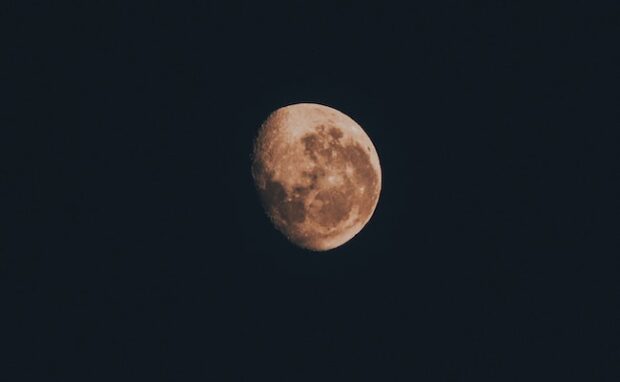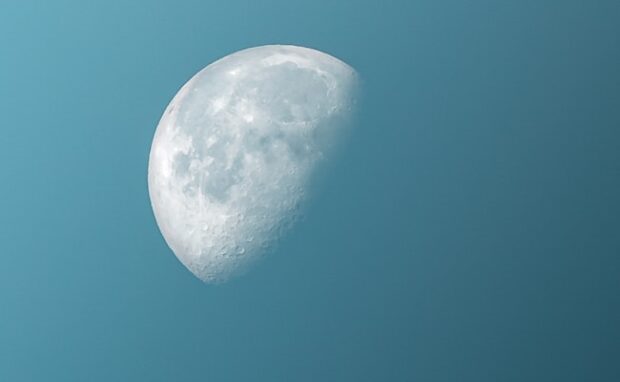We now know what’s inside the Moon’s core
Scientists have determined what the Moon’s core may look like, and it is similar to Earth’s. Arthur Briaud, Centre National de la Recherche Scientifique astronomer, and other researchers compared numerous simulations and existing data to discover the core’s likely contents. As a result, this discovery may shift everything we know about the Earth’s oldest satellite.
The Moon core is more relevant than ever due to recent space endeavors. Believe it or not, more countries want to land on the lunar surface and stay there. They want to establish sustainable communities using the latest technology and available Moon resources. Thus, understanding those contents can help space agencies fulfill those projects.
This article will discuss how scientists determined the Moon core’s possible form and composition. Later, I will cover the latest plans to form lunar economies and settlements.
What is inside the Moon’s core?
French astronomer Arthur Briaud and his colleagues determined that the Moon’s inner core is a solid metal ball, and the outer layer is molten. They reached this conclusion by studying existing data from space missions and lunar laser-ranging experiments:
- Seismic data collected by Renee Weber and other NASA researchers in 2011
- A high-quality map of the Moon’s gravitational field from the Gravity Recovery and Interior Laboratory (GRAIL)
- Distances between the Earth and specific lunar areas measured via Lunar Laser Ranging (LLR)
Briaud and his team compiled that information into a comprehensive profile of the Moon’s characteristics. Then, they built various simulations of potential cores to see which closely resembled known observations.
“The selected profiles represented 0.12% of a total of 120,000 simulations,” said the CNRS team. Astronomy.com says that it represents 144 simulated snapshots of the Moon core.
Consequently, the scientists discovered that known observations make sense if the Moon has a “low viscosity zone” deep in the lunar mantle. Denser material flows towards the center, and lighter ones flow upward.
You may also like: ChatGPT diagnosis detects disease after 17 doctors failed
That explains the presence of minerals like ilmenite, an iron-titanium oxide, in formerly volcanic regions of the Moon. In other words, the French researchers claim “only a Moon with a viscous outer core and a solid inner core” can accurately match what we know about this space rock.
The paper also provided the dimensions of the inner and outer core. It says the inner core is roughly 160 miles or 258 km in radius. Conversely, the outer is 225 miles or 362 km in radius.
Vishnu Viswanathan, a scientist studying the Moon core, told ScienceAlert, “Knowing about the Moon’s interior has bigger implications.” Learning more could help us understand beyond the Earth’s ancient satellite in space and time.
What are the latest Moon projects?
It may seem ridiculous to think countries are investing money and time into enabling humans to live on the Moon. Yet, that is what the Defense Advanced Research Projects Agency (DARPA) and NASA are doing.
They launched the LunA-10 project to find ideas to support lunar infrastructure. DARPA Strategic Technology Office program manager Michael Nayak elaborated on this plan:
“For 65 years, DARPA has pioneered and de-risked technologies vital to civil space advancement. LunA-10 continues this rich legacy by identifying and accelerating key technologies that may be used by government and the commercial space industry, and ultimately to catalyze economic vibrancy on the Moon.”
These agencies aim to develop key industries like mining, medicine, and construction on the lunar surface. Soon, DARPA wants to turn these space sectors into a thriving economy.
You may also like: World’s glaciers losing average of 267 gigatonnes of ice
“Just like DARPA’s foundational node of ARPANET grew into the sprawling web of the internet, LunA-10 is looking for those connective nodes to support a thriving commercial economy on the Moon,” Nayak explained.
Of course, these industries require erecting buildings, so NASA worked with the construction tech firm ICON. It will use lunar soil as concrete for its 3D printing construction system.
This latest CNRS research could help the company understand Moon soil further. As a result, it could develop better construction materials from lunar resources.
Conclusion
French astronomer Arthur Briaud and his Centre National de la Recherche Scientifique colleagues determined the Moon core contained molten outer and solid inner core. Consequently, it closely resembled our planet’s interior.
That explanation closely matched what we already know about the Moon. However, that might change again as we further research the Earth’s ancient satellite.
Gain additional information about this study from the Nature journal titled, “The lunar solid inner core and the mantle overturn.’ Learn more about the latest digital trends at Inquirer Tech.

